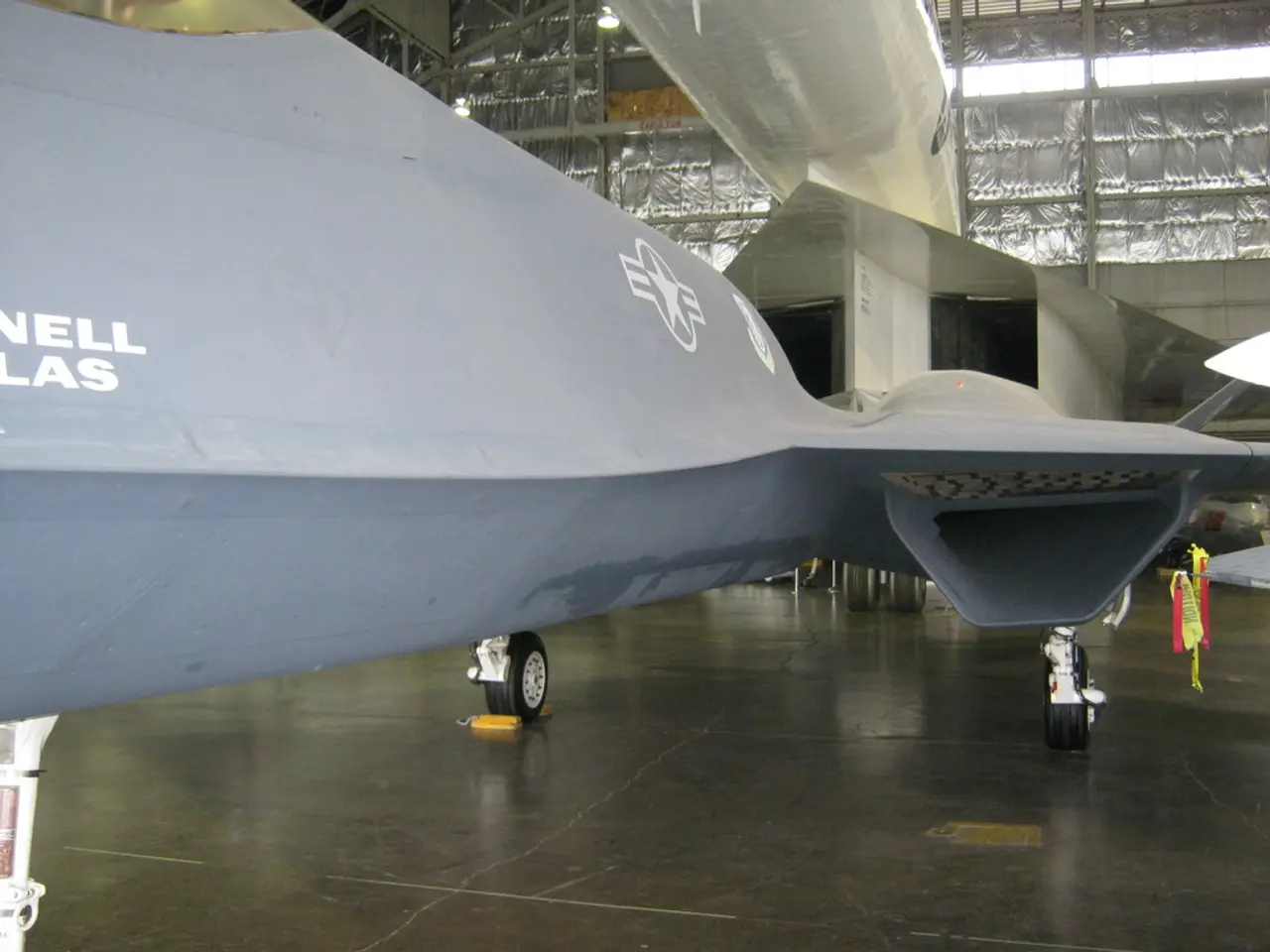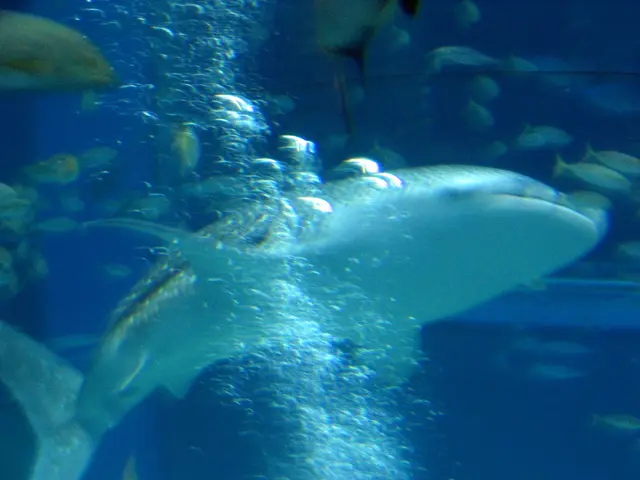NASA's X-59 QueSST Set for 2026 First Flight
NASA's X-59 QueSST, a revolutionary supersonic aircraft, is set to take its first flight in 2026. The aircraft, designed for safety and quiet operation, has undergone extensive preparation and testing.
The X-59 uses a digital fly-by-wire system to maintain stability and prevent unsafe maneuvers. Its first flight will be a lower-altitude loop at around 240 mph to verify system integration. Following this, test flights will gradually increase altitude and speed, ultimately surpassing the speed of sound.
The aircraft is equipped with multiple backup systems to ensure safety. Onboard batteries and an emergency restart system using hydrazine provide power, while a life support system delivers oxygen to the pilot at high altitudes. An ejection seat serves as a safety measure. Multiple computers, electrical, and hydraulic systems with backup ensure the aircraft can fly safely.
The Flight Test Instrumentation System (FTIS) has already generated over 8,000 files over 237 days of recording. This system collects and transmits audio, video, data, and avionics information, providing NASA with a detailed history of the aircraft's readiness.
The X-59 QueSST, designed to fly supersonic while generating a quiet 'thump' instead of a loud sonic boom, is nearing its first flight in 2026. With safety as the guiding principle, NASA aims to revolutionize supersonic flight with this innovative aircraft.
Read also:
- Setting Up and Expanding Operations at a Soil Blending Facility
- Regional University's healthcare system strengthened through collaborative partnership with Chancellor Dr Fiona Hill
- Reminisced University Trustee David M. Flaum as a 'fervent advocate' for the University and community
- Getting Up to Urinate During Sleep Affecting Your Slumber Quality? Here's a Solution








